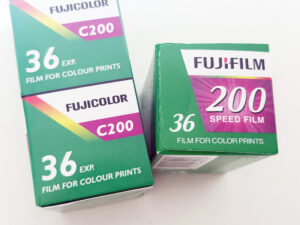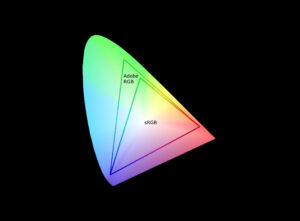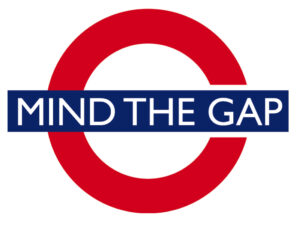The Kellogg’s logo is one of the most recognizable trademarks in the world, seamlessly blending tradition and modernity. From its origins as William Kellogg’s handwritten signature to its refined iterations, the Kellogg’s logo has become a symbol of trust, quality, and heritage. This article dives into the history, design development, and the technical artistry behind this iconic brand identity.
1. The Origins: William Kellogg’s Signature (1907)
The Kellogg’s logo story began in 1907, rooted in authenticity and personalization. At the start, William Kellogg, the founder, personally signed each package of cereal to signify its quality. This gesture of trust and authenticity laid the foundation for the company’s visual identity. The original logotype was simple yet effective, directly drawn from Kellogg’s handwriting.


2. Refinement in 1916: Sharper and More Versatile
The first significant redesign of the Kellogg’s logo came in 1916.
- Key Changes:
- Letters gained wider contours and were spaced further apart for improved clarity.
- A refreshed red-and-black color palette ensured the logo was visually striking and adaptable across different packaging backgrounds.
This evolution marked the brand’s transition from a personal touch to a professional identity while maintaining the authenticity of the founder’s signature.

3. Modernization in 1955: A Bold New Typeface
The next redesign, introduced in 1955, saw the logo undergo significant modernization:
- The lettering was further refined with a custom typeface, giving the wordmark a sleeker and more confident appearance.
- The shade of red became deeper and more intense, creating a bolder visual impact.
This version of the logo solidified Kellogg’s visual identity as both classic and contemporary, fitting its growing global reputation.

4. The Contemporary Touch: Redesign in 2012
In 2012, Kellogg’s revamped its logo again to resonate with modern sensibilities:
- A custom-drawn font, inspired by William Kellogg’s handwriting, was introduced, resembling the Ballpark Weiner typeface designed by Mickey Rossi.
- The red color shifted to a burgundy shade, lending the logo a more luxurious and elegant feel.
This redesign retained the essence of the brand while subtly modernizing its appeal for a new generation of consumers.

5. The Current Emblem: Precision and Balance (2014)
In 2014, Interbrand made slight but meaningful adjustments:
- The shade of red was further refined to reflect a calmer and more luxurious tone.
- The overall letterforms were subtly reshaped, with only the “K” remaining mostly unchanged.
This version exemplifies balance and elegance, maintaining Kellogg’s legacy while enhancing its visual versatility.
6. Design Secrets: Fonts and Technical Aspects
The Kellogg’s logo is often mistaken for widely available fonts like Lavanderia, but it’s a custom-drawn typeface tailored specifically for the brand. Additionally, the company utilizes a secondary custom font called Kellogg’s Sans for supporting materials.
The hallmark red-and-white color scheme has persisted since 1907, though the shades of red have evolved to reflect the times. Each iteration showcases meticulous attention to detail, ensuring the logo remains adaptable yet timeless.
The Timeless Appeal of the Kellogg’s Logo
The Kellogg’s logo stands as a testament to the power of thoughtful design and brand consistency. By retaining its roots in William Kellogg’s signature and evolving with the times, the logo remains an enduring symbol of trust, quality, and innovation. Its journey from hand-signed packaging to a globally recognized emblem highlights the importance of balancing authenticity with modern design principles.
FAQ: Frequently Asked Questions About the Kellogg’s Logo
Q1. Who designed the Kellogg’s logo?
The original logo was based on William Kellogg’s handwriting. The 2014 iteration was developed by Interbrand, with contributions from Ferris Crane and Andrew Y. Ames.
Q2. What font does the Kellogg’s logo use?
The Kellogg’s logo features a custom-drawn font inspired by William Kellogg’s handwriting, closely resembling the Ballpark Weiner typeface.
Q3. Why is the Kellogg’s logo red?
The red color symbolizes energy, passion, and excitement, aligning with the brand’s values. Over time, the shades of red have evolved to maintain a fresh and modern look.
Q4. Has the Kellogg’s logo changed much over the years?
The Kellogg’s logo has undergone only two major redesigns (1955 and 2012), each aimed at refining the typeface and color while preserving the original concept.







































































